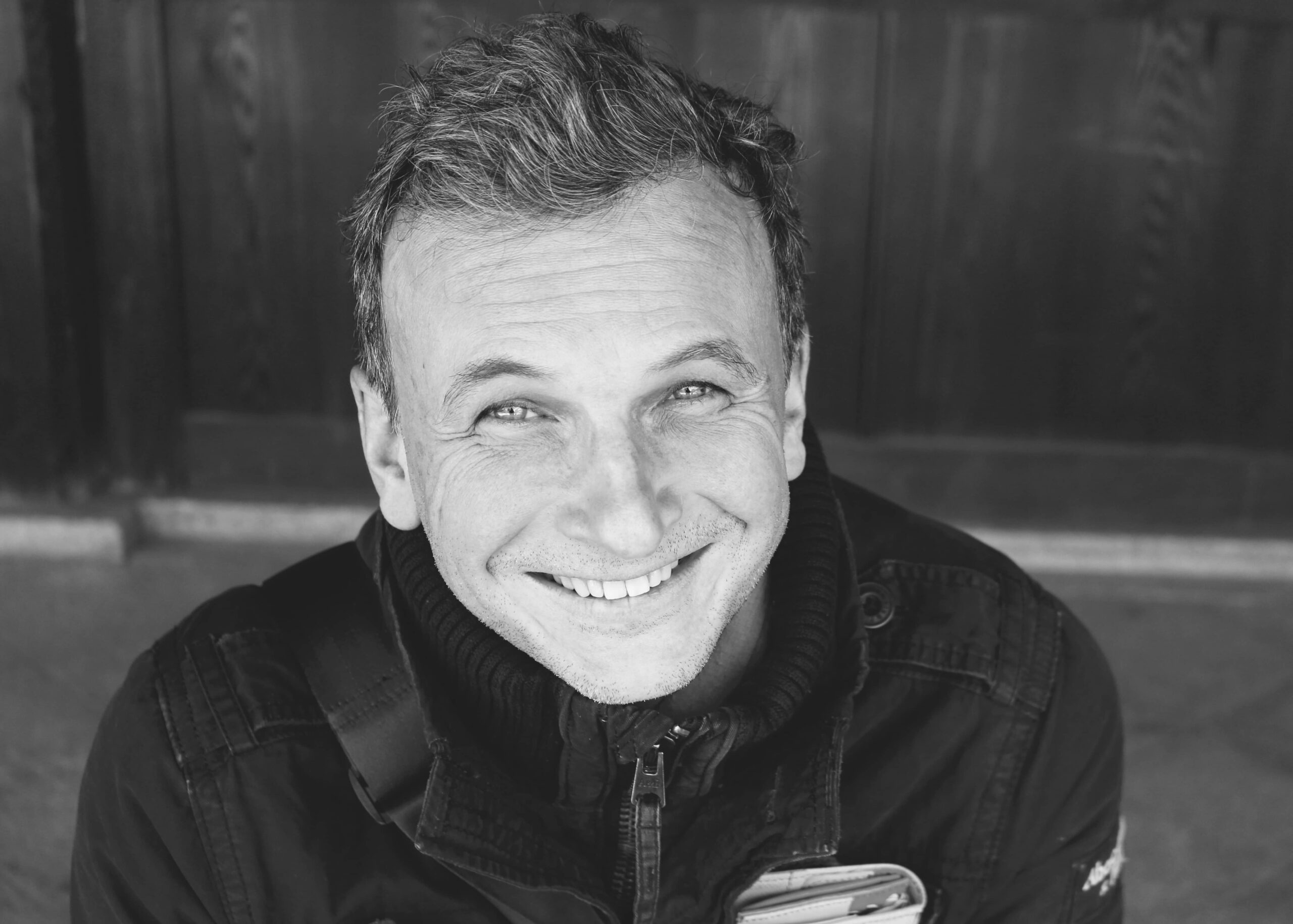Beyond Skincare: La Colline’s Commitment to Social Impact
Swiss luxury skincare brand La Colline goes beyond beauty by blending cutting-edge science with a powerful social mission. Through its Skin Engineering Laboratory at the University of Zurich, La Colline is pioneering life-saving lab-grown skin grafts, transforming patient-centered skin regeneration for burn victims around the world.

Photo Courtesy of La Colline
More than a luxury skincare brand, La Colline embodies a Swiss philosophy that blends natural purity with scientific innovation to create a better future. Committed to giving back to society, La Colline offers the best of Swiss expertise through exceptional treatments that deliver safety, efficacy and sensorial pleasure. From the heart of the Swiss Alps, La Colline formulates its collections around the CMAge® Complex, a proprietary anti-aging elixir at the core of its high-performance products. Whether experienced in treatment cabins or through rituals at home, each formula – with its delicate textures and signature fragrances – offers a moment of pure Swiss bliss. La Colline’s comprehensive range caters to both women and men, with a dedicated Cellular for Men Collection affirming the brand’s commitment to holistic skincare.

The Skin as a Vital Organ – A Deeper Purpose
Skin is more than surface – it is a vital organ that protects the body and contributes to overall well-being. Recognizing this, La Colline has aligned its skincare legacy with a social mission: supporting medical research that helps patients recover from traumatic skin loss. Since 2014, La Colline has gone beyond luxury skincare by founding the La Colline Skin Engineering Laboratory at the University of Zurich’s Irchel campus, within the Center for Applied Biotechnology and Molecular Medicine (CABMM).

La Colline Fellowship: A Launchpad for Skin Regeneration Innovation
In 2013, La Colline partnered with the Division of Plastic and Hand Surgery at the University Hospital of Zurich to initiate research in regenerative medicine with real-world clinical potential. “At La Colline, we were looking for a social purpose that would give more meaning to our work in skincare,” says Ghislain Pfersdorff, CEO of La Colline International. This led to the creation of the Skin Engineering Platform in 2014, focused on developing cultivated epidermal autografts (CEA) – lab-grown keratinocyte skin cells used in treating burn victims. “We didn’t even have a name for social purpose back then. We just said: Let’s do it,” Pfersdorff recalls. “No one believed in it – especially not within the company. Many people thought this was just marketing. But actually, it’s the other way around. Now we’re selling products because we know why we’re selling them.”
The project began with a conversation. Seeking a meaningful initiative, Pfersdorff reached out to his friend Prof. Maurizio Calcagni, who initially pointed him elsewhere for potential collaborations. A research paper left in Calcagni’s office then caught Pfersdorff’s attention. While discussing that paper over coffee, Dr. Simon Hoerstrup walked in and mentioned that his lab could support a new project. “We had a project, brains and good connections,” says Pfersdorff. “Initially, we had no idea this would become the La Colline Skin Engineering Lab,” he adds.
Over time, the team expanded. Scientific leadership came from two bioengineers: Dr. Laura Frese, the first La Colline Fellow, who led the lab’s development, and Dr. Salim Darwiche, who joined as Project Manager and also serves as Senior Scientist and Study Director at the Musculoskeletal Research Unit and Scientific Coordinator at CABMM. “Normally, when a public university partners with a company, it’s to test something the company already developed. But here, it began with a shared purpose from the start – not profit, but a higher goal,” Darwiche explains.

Ghislain Pfersdorff
CEO of La Colline International
From Lab to Clinic: A Breakthrough in Skin Regeneration
By 2023, Frese and Darwiche had developed GMP-compliant (Good Manufacturing Practice) production workflows – complete with standardized cryopreservation protocols and robust quality controls – laying the foundation for an upcoming Phase I clinical trial. Since 2016, regulatory experts have supported the team, aligning documentation with evolving safety standards. Darwiche emphasizes how Zurich’s unique research environment accelerates translation: “Zurich is one of the few places in Europe where you can go from lab to clinic within an academic, not-for-profit environment. We have the infrastructure, expertise and regulatory connections to get real change off the ground.”

Editor-in-Chief of SAFAR Marina S. Haq with Dr. Laura Frese, Ghislain Pfersdorff and Dr. Salim Darwiche at the La Colline Skin Engineering Lab
Redefining Skin Grafting for Critical Care
Severe trauma, whether from extensive burns or chronic wounds, can strip the skin of its natural ability to regenerate, leaving both dermal and epidermal layers irreparably damaged and too little healthy tissue for traditional grafting. Since the 1970s, physicians have relied on lab‑grown keratinocyte sheets derived from a small biopsy to rescue these patients. Yet despite its lifesaving potential, this approach has long struggled with rigid production schedules, limited availability and inconsistent quality. Darwiche reframes these sheets as active partners in healing: “These grafts are not inert coverings – they’re living cells, active machines producing signals. We don’t want the graft to just cover a wound, but to talk to the body and help it heal faster.”
La Colline’s Skin Engineering Group has spent eleven years perfecting a flexible, reliable, animal‑free protocol. Grafts now begin with a tiny skin sample and will be expanded in a GMP‑certified facility at the University of Zurich, ensuring sterility and traceability. A key innovation is the seven‑day “transplantation window”: instead of shipping grafts as soon as they’re ready, clinicians will be able to schedule surgery precisely when each patient is most stable, minimizing waste and maximizing success. Darwiche adds that patient needs drive their timeline: “We realized labs were forcing patients to follow the lab’s schedule, but ICU patients don’t work like that. So we flipped it: clinical need drives the lab. We created a ‘transplantation window’ with flexibility – from day 17 to day 25. Eight days is a lifetime in the ICU.”

La Colline Skin Engineering Lab,
University of Zurich
Speed is life in critical care. As Frese observes, “In a severe, life-threatening burn, the patient isn’t thinking about pigmentation or beauty – it’s about survival. Our focus is cultivating skin as fast and efficiently as possible to close wounds and save lives.” To translate these advances safely, every step is documented to meet regulatory standards: “If it’s not written down, you don’t do it,” she stresses. “That’s what ensures patient safety and clinical application.” Looking ahead, the team shares a bold vision: “Our dream is to make skin grafts invisible. Maybe my grandchildren will see it,” says Pfersdorff. With clinical trials on the horizon, La Colline is poised to redefine patient‑centered grafting – restoring both function and hope to those who need it most.
La Colline’s commitment to skin health as a fundamental human right shows how a luxury brand can contribute meaningfully to the advancement of medicine. By embedding social impact at its core, La Colline continues to push the boundaries of what skincare can achieve – not only transforming the surface, but also uplifting society as a whole.
